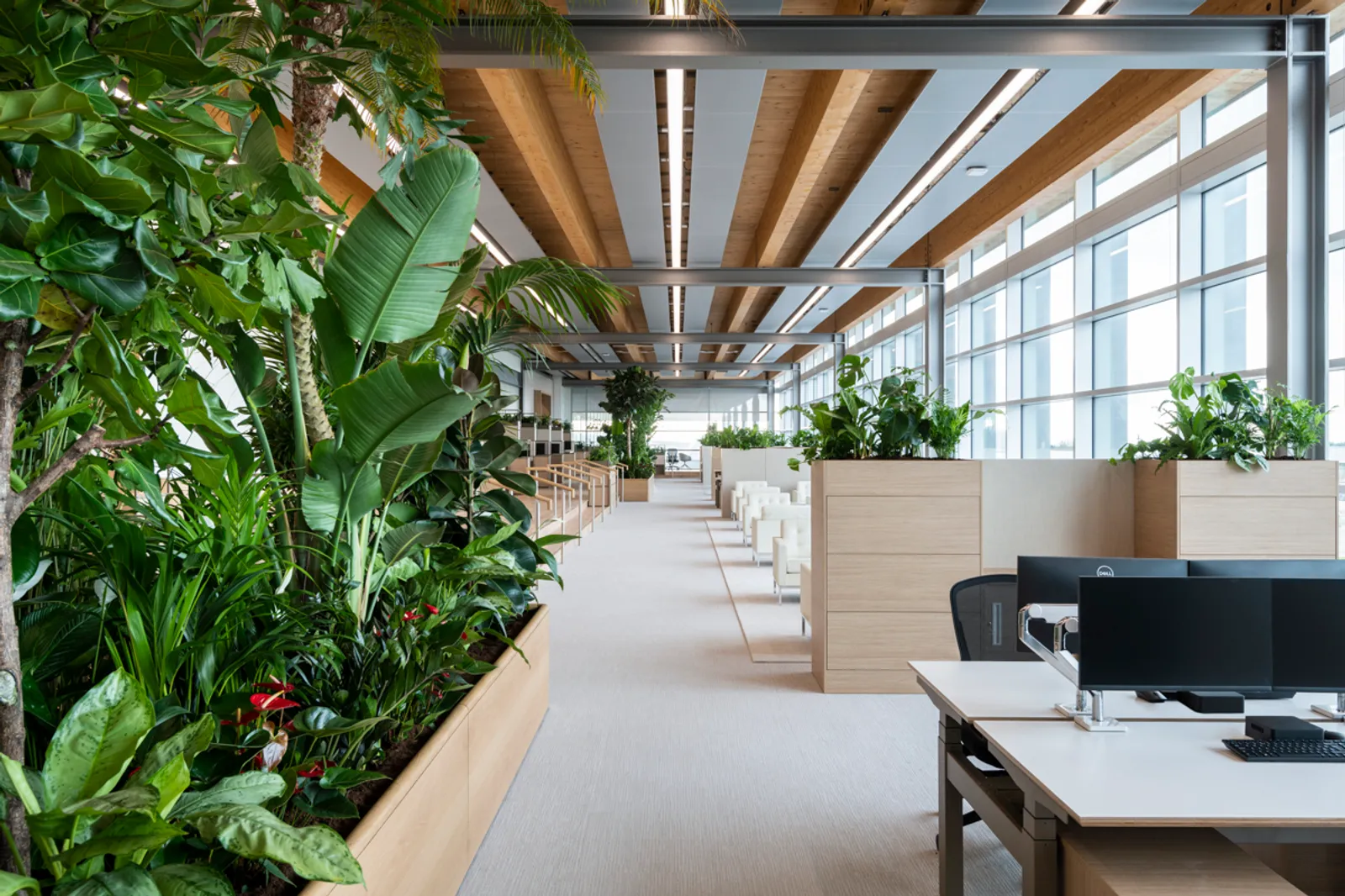
Ever notice how a walk in the woods or a quiet moment by a lake just… resets your brain? That’s biophilia—our hardwired love for nature—at work. And now, designers are bringing that magic indoors. Let’s explore how biophilic design isn’t just pretty—it’s a game-changer for mental wellness at home.
Why Biophilic Design? The Science Behind the Calm
Here’s the deal: studies show that spaces with natural elements can lower stress hormones by 15% and boost creativity by up to 45%. Not bad for just adding a plant or two, right? Biophilic design taps into our primal need to connect with nature—even when we’re stuck inside scrolling through doom.
The Core Principles (No PhD Required)
Biophilic design isn’t just “plants everywhere.” It’s about:
- Direct nature: Living walls, indoor water features, that kind of thing
- Indirect nods: Organic shapes, nature-inspired textures (think: rattan, stone)
- Space dynamics: Creating little “retreat” zones that mimic natural hideaways
2024’s Hottest Biophilic Trends for Mental Health
1. The “Jungle Bathroom” Movement
Forget spa minimalism—people are turning bathrooms into steamy, plant-filled sanctuaries. Picture: ferns that thrive in humidity, pebble-textured shower floors, and wood-grained vanities. It’s like showering in a rainforest canopy (minus the mosquitoes).
2. Dynamic Lighting That Mimics the Sun
New smart lighting systems gradually shift from cool blues in the morning to warm ambers at dusk. Some even simulate cloud movements or dappled sunlight. For night owls? A “moonlight” setting with ultra-dim blues that won’t wreck your circadian rhythm.
3. Soundscaping Over Playlists
Instead of generic white noise, designers are installing small tabletop waterfalls or “sound windows” that pipe in real-time nature audio from your local park. The subtle difference between recorded birdsong and actual wind-rustled leaves? Surprisingly powerful.
Budget-Friendly Biophilic Hacks
No renovation required. Try these under-$100 tweaks:
- Texture layering: A jute rug under a wood coffee table with linen curtains
- DIY “nature tables”: Rotate seasonal finds (pinecones, smooth stones, seed pods)
- Air-purifying dupes: Snake plants or pothos—hard to kill, great for air quality
The Overlooked Element: Biophilic Smells
Visuals get all the attention, but scent is a direct line to the emotional brain. Skip synthetic “fresh linen” sprays and try:
| Season | Natural Scents | Delivery Method |
| Spring | Rain-soaked earth, cherry blossoms | Reed diffusers with essential oil blends |
| Summer | Sun-warmed pine, citrus | Simmer pots with rosemary + lemon peels |
| Fall | Woodsmoke, damp leaves | Local beeswax candles with forest notes |
| Winter | Cedar, cinnamon bark | Pinecone sachets in drawers |
When Biophilic Design Backfires
Yes, there’s such a thing as too much nature indoors. Common pitfalls:
- Overcrowding: A jungle gym of plants can feel chaotic, not calming
- Forced themes: That “beach bathroom” with shell-shaped soap dishes? Might just read tacky
- Allergy triggers: Some pollen-heavy flowers or mold-prone terrariums do more harm than good
The Future? Bio-Integrated Architecture
Forward-thinking homes now feature:
- Mycelium (mushroom-based) insulation that purifies air
- Living walls with edible herbs and medicinal plants
- “Breathing” floors with gaps for grass or moss to grow through
It’s not about dominating nature anymore—it’s about collaborating with it. And honestly? Our mental health is better for it.







